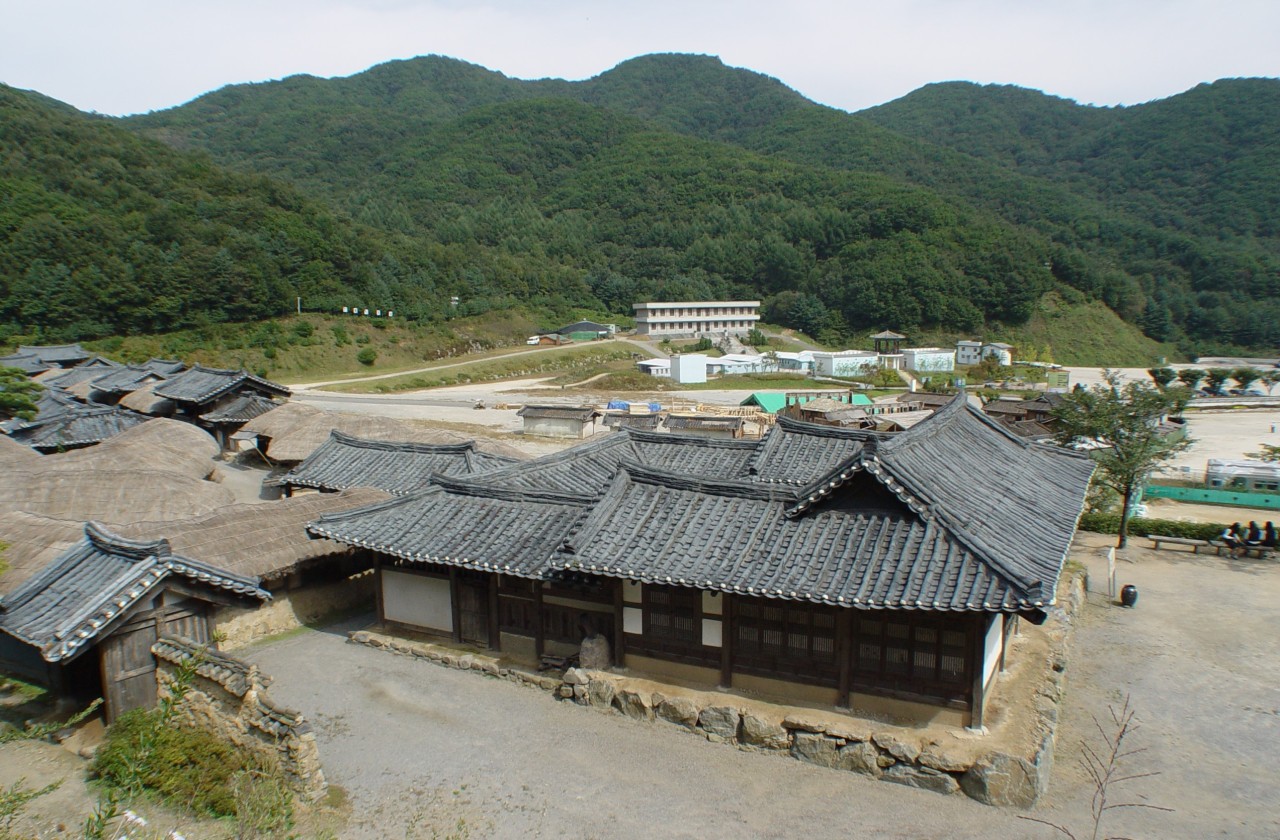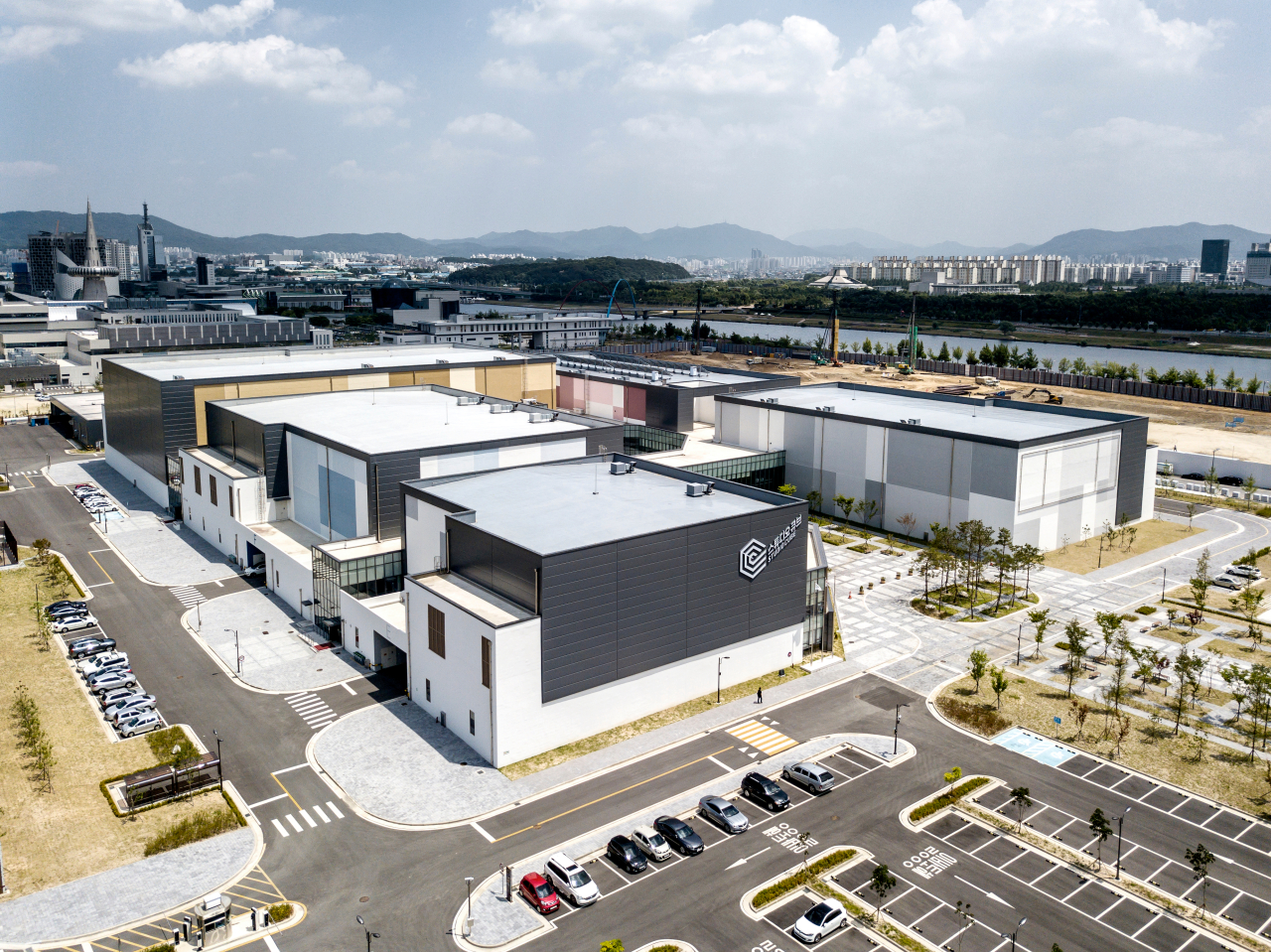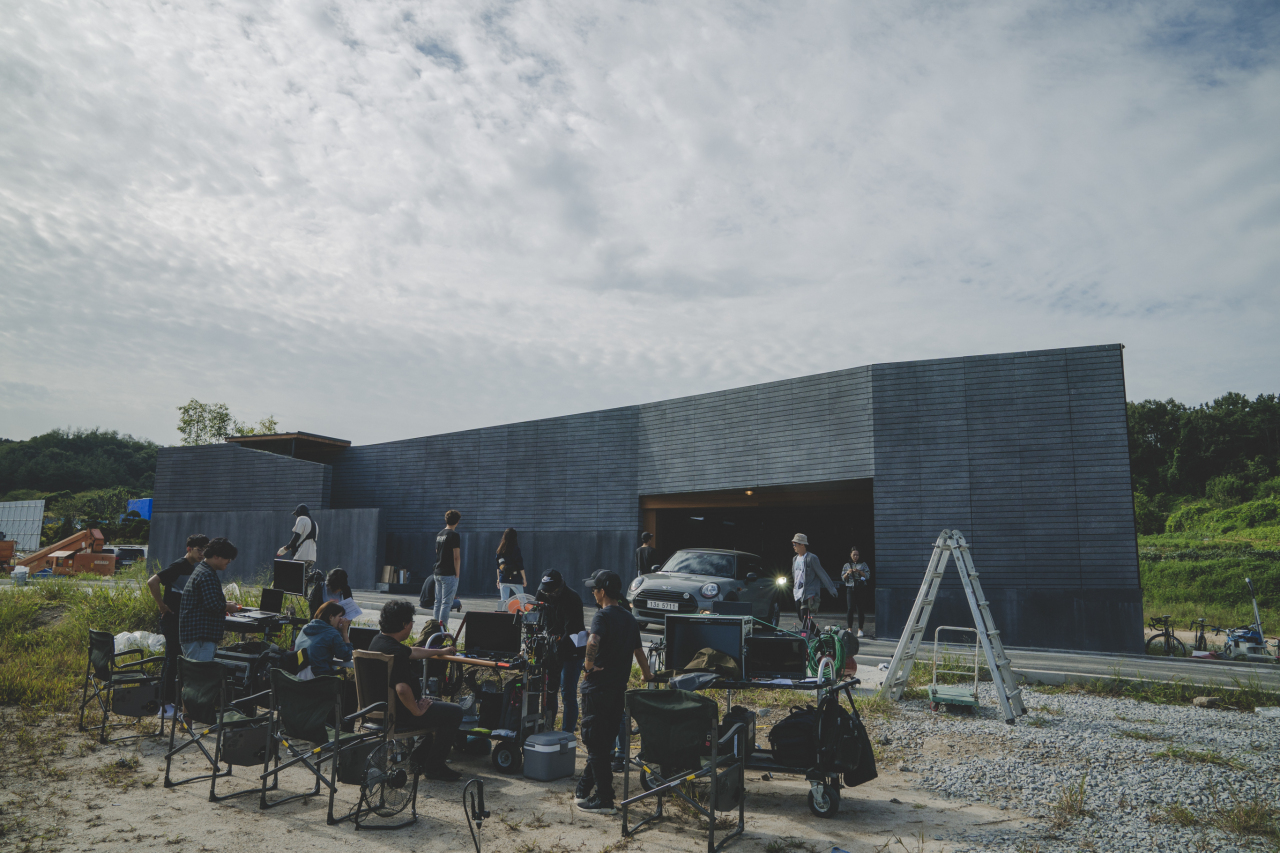[Feature] Are Korea’s drama-focused studios ready for film industry’s growth?
By Choi Ji-wonPublished : March 10, 2020 - 17:38

In February, the Korean Film Council announced that the biggest and oldest film set in the country, Namyangju Studio Complex, would resume operations following its closure last October by the new owner Booyoung Group.
The Namyangju set’s reopening is welcomed by Korean cineastes as the studio complex -- located in Namyangju, Gyeonggi Province, just northeast of Seoul -- is the one of the few large-scale studios in close proximity to Seoul.
Since its opening in 1997, 786 films, or more than 30 percent of all Korean films, have been shot at the Namyangju facility, including award-winning films such as Im Kwon-taek’s “Painted Fire” (2002), which won him the best director award at Cannes in 2002, and Park Chan-wook’s multiple award-winner “JSA: Joint Security Area” (2000).
In 2016, KOFIC sold the studio to Booyoung Group, a construction company, following the state-run organization’s relocation to Busan as part of the government’s regional development policy.
In October 2019, Booyoung shut down the sets without disclosing how the 1.3-square-kilometer site would be developed.
While denying KOFIC’s statement that the sets would reopen as early as May, a Booyoung public relations official confirmed that the facility was undergoing restoration and refurbishment for resumption of operations in the near future.
“The company bought the filming site with the intention of maintaining its original purpose. We are internally discussing different possibilities in expanding its use, but nothing has been decided as of now,” the official told The Korea Herald.

With the Namyangju set coming back into operation, KOFIC’s proposed new studio in Busan faces the task of having to differentiate itself from the more conveniently located Namyangju set.
KOFIC said in February that it aimed to start construction next year with completion date set for 2023, almost three years later than originally planned. The Busan complex is to occupy a 250,000-square-meter lot in Gijang-gun, Busan.
Although the overall capacity would be smaller than was available at Namyangju, individual studios in Busan are expected to be bigger
“Whereas the biggest studios in Namyangju are around 1,300 square meters, the smallest in Busan may be around that size,” said Jang Kwang-soo, who managed KOFIC’s Namyangju facility.
However, aside from bigger studios, KOFIC has yet to come up with a plan that would make the Busan facility competitive with the Namyangju studios.
“The commission is considering building large studios for general purposes. Although we are aware people are suggesting special studios for visual effects or underwater shootings, such studios are used infrequently and it is not a simple decision to make,” Jang said.
An official from Studio Cube, a shooting location in Daejeon operated by the state-run Korea Creative Content Agency, agreed that producers are increasingly requesting larger studios.

“As technologies advance and films require more detailed productions, filmmakers are increasingly looking for big studios,” the KCCA official managing Studio Cube said.
With the Namyangju set closed for now, Studio Cube is currently the largest filming location available with six midsize-to-large studios, including the country’s biggest individual studio of almost 5,000 square meters.
Director Lee Sang-woo, the executive director of Korea Film Directors’ Society, said the Busan studio needs to focus on overcoming the disadvantages stemming from its location.
“The very basic facilities, such as lodging and cafeterias for the staff would be the most crucial elements. Also, the Busan studio site is located on valley-like land close to the coast. So, preparations for climate change and storms would also be an important factor.”
Film studios on the surge with Namyangju set on hold
Meanwhile, municipal governments are rushing to fill the vacuum created by the lack of filming sets.
Jeonju Studio, although smaller in scale than the ones in Namyangju and Daejeon, has been in consistent use since its opening in 2008. Nine films were shot at the Jeonju set in the last year alone. “Parasite,” which reportedly shot nearly 60 percent of its scenes in Jeonju, was among the eight films shot at the Jeonju Studio in 2018.
The city, which hosts the annual Jeonju Film Festival, added a post-production facility to its offerings, creating a one-stop production spot for filmmakers.

The number of studio complexes has increased since 2016, as cities near Seoul, such as Chuncheon, Gangwon Province, Incheon, as well as Hapcheon, South Gyeongsang Province, jumped into the business to attract productions following the closure of the Namyangju set.
There are 35 indoor and 25 outdoor studio locations nationwide, with more than half of them located in Seoul and the surrounding areas, according to KOFIC data.
However, the infrastructure specifically for filmmaking is far from sufficient.
“Korean films are rapidly advancing in both number and quality, but most of the studios here operate for television drama production,” director Lee said.
“Usually there is more demand for locations for drama production, and naturally, for the studio owners, it would be more profitable to make drama-centered facilities,” he added.
The large-scale production facility under construction in Paju, for example, is to be used for television productions. The culture complex of CJ ENM -- one of the country’s biggest entertainment companies -- is expected to be 214,000 square meters, housing about 20 studios, including special-shooting studios, outdoor open sets and period drama sets.
“Making a film location is not as big a job as constructing a proper building. On the other hand, a film set is effective in promoting the city and attracting tourists,” said professor Kim Yi-seok who teaches film at Dong-eui University in Busan
“Korea once saw a huge boom in historical drama sets, with local governments here and there talking about creating one in their area. But the trend soon died out. Trends continuously change, and for the new locations to survive, they have to have something unique that differentiates them, whether it be the size or the skillsets of the studio.”
By Choi Ji-won (jwc@heraldcorp.com)

















![[KH Explains] Hyundai's full hybrid edge to pay off amid slow transition to pure EVs](http://res.heraldm.com/phpwas/restmb_idxmake.php?idx=652&simg=/content/image/2024/04/18/20240418050645_0.jpg&u=20240419100350)

